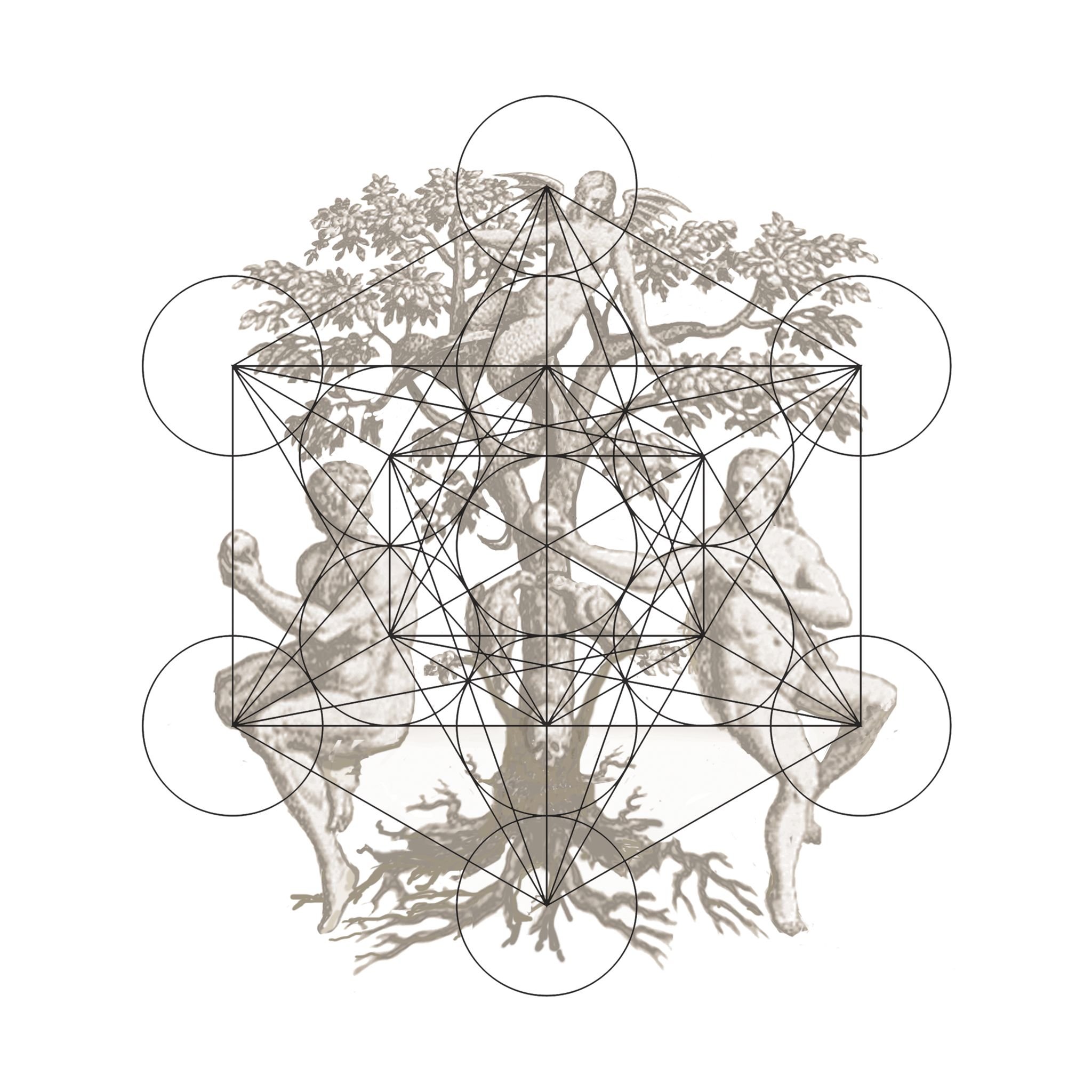
INTRODUCTION :
Many painters, for example Frank Auerbach or Leon Kossoff, make paintings incorporating layer after layer, those under-layers build to a final surface, giving us a sense of the struggle of achieving the image, of depiction. In comparison when we look at a work by Richard Nott, we cannot separate the final layer in the same way, not only because he has not sought to depict an observed phenomenon, but significantly because there is no distinction to be made between a final composition and what lies beneath: what we might call the image goes all the way through that slab of matter, like a honeycomb...
Read more/less
Nott’s form of ‘realness’, then, is nothing to do with those forms of realism that depend upon illusionistic painting, in fact it is nearer to its opposite. He is seeking to make work that exists as other objects exist, that has qualities of its own.
The range of qualities Nott achieves in his work are only appreciable when in front of the paintings: from the most delicate veining to chalky opacities, from liquid translucencies to calcified solidity, from rich browns which glow darkly to burnt blacks, ashen and dead. Nott must instigate the physical and chemical processes of existence, largely avoiding tell-tale physical or emotional signifiers of deliberation. Creating a form of expressivity through process rather than gesture. Except that the paintings do bear one very clear mark of the deliberate: the ‘grid’. If, as is often the case, the grid is taken as symbolising the man-made, the logical, or the rational, then it has rarely been as precariously sited as in Nott’s paintings, cotinuously in danger of being overwhelmed.
Art critic and theorist Rosalind Krauss explored the artistic obsession with the grid in her essay ‘Grids’ and also in ‘The Originality of the 'Avant-Garde’: she traces the way in which the grid has managed to contain, or repress, two opposing impulses, one towards the material and the other towards the immaterial - the spiritual, to what lies beyond physical experience. The grid, in other words, has been used at various times to signify both the secular and the sacred and its ubiquity in the careers of twentieth and twenty-first century artists is possibly down to its ability to evoke both simultaneously: hence the drastically opposed readings of Piet Mondrian’s work, or Agnes Martin’s, or Ad Reinhardt’s.
Many of Nott’s titles bear this out: ‘Martyry I’’ becomes a Rothko-like revelation of spiritual space, a curtain of darkness that parts to reveal the physical world; and by way of an example: ‘Unearthed VI’ becomes a gateway, an immanent revelation. These elements are so merged in all of these paintings, so inter-dependent, that we cannot separate the roles they play. Their interpretation, therefore, is as much a matter of where we, as viewers, situate ourselves in relation to that duality, to the material/immaterial, to the secular / sacred, or to the real / depicted, as it is of Nott’s intentions or the paintings themselves.
Mike Walker, 2011
ONLINE CATALOGUE (click below) :
ARTIST INTERVIEW FILM :
EXHIBITION VIDEO TOUR :



